While there has been much fuss—and much fuss about the fuss—over an Armani jacket that Hillary Clinton recently wore, she was donning another piece of clothing that same day with far more historical importance for women: pants.
The silence on that point speaks to a revolution that has been centuries in the making, one worth recalling as the appearances and clothing of women continue to be policed like a recently robbed convenience store. (Case in point: the London woman who was sent home from her job in May for refusing to wear high heels.) The story begins where it ends, with a culture in which women wearing pants was the norm.
Nomadic tribes roaming the European Steppe about 3,000 years ago were the first to domesticate horses, and they invented the first two-legged garments that eventually became the pants we know today, scholars say. In grave excavations, hundreds of men and women from these tribes have been found buried with weapons and both wearing the same type of clothes, some of which were preserved in permafrost.
“We’re talking about small tribes of horse people who are constantly on the move,” says Stanford classics research scholar Adrienne Mayor. “It just makes sense to make sure that everyone in your group can defend themselves and handle weapons and ride.” To ride bareback, as they did back then, without something resembling pants would have been “atrociously torturous,” she says.
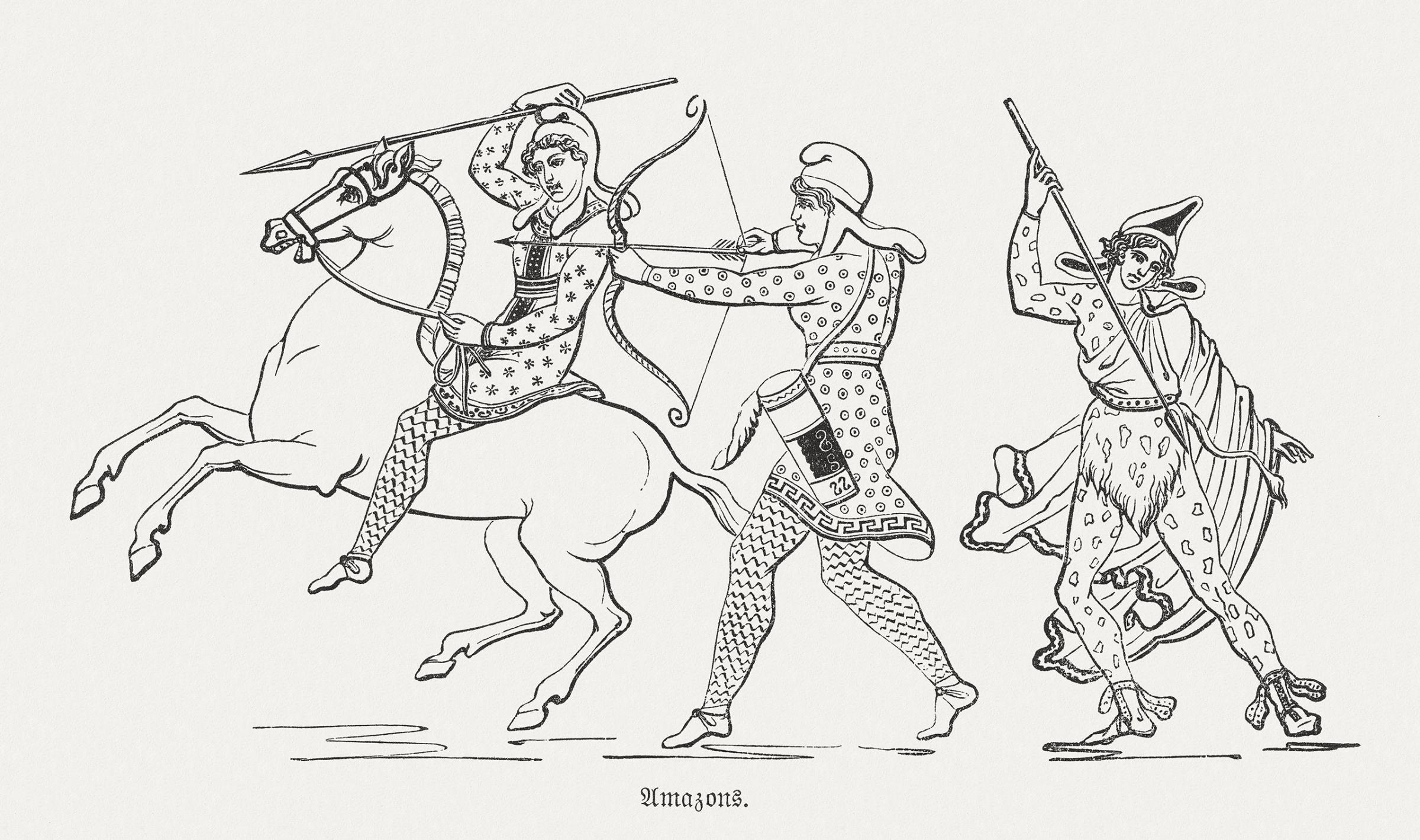
But the women in these tribes—who are said to have inspired the ancient Greek’s depictions of mythical Amazon warrior women—lost their equal positions once circumstances no longer demanded it, says Mayor. Just as more modern women who did men’s jobs during wartime were asked to go back home after the peace treaty was signed, when the nomads settled around the Black Sea and became traders, the men forbade the women to ride. “It was a sign of luxury to not allow their women to do work,” she says, “or do the same things as men.”
Get your history fix in one place: sign up for the weekly TIME History newsletter
That relationship between active independence and pants would continue for centuries. Especially during periods in which skirts were more elaborate than they are today, pants literally freed women to move. Outfits containing pants were often associated with better opportunities—ones only afforded to men at the time—too. And history is full of examples of women who knew it. There were women like Hannah Snell and Sarah Edmonds Seelye, who wore trousers while feigning male identities and fighting for their countries in times of war. In peacetime, there were women who realized they could get paid more for work if they appeared to be men, so they also donned pants, posing as gents as they did the work of plasterers or shop lads or even doctors.
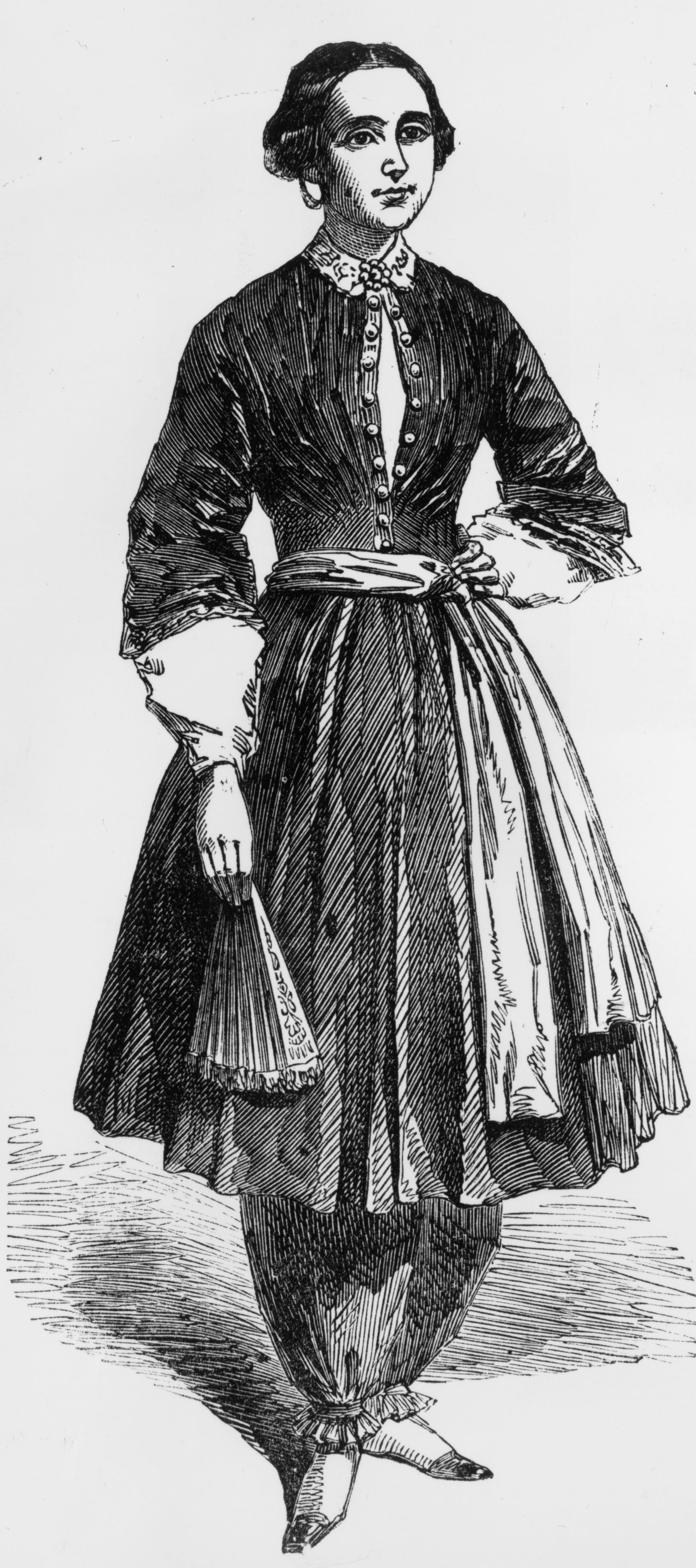
By the 1800s, women were also openly advocating for their sex to wear two-legged garments. There were trailblazers like “rational dress” reformer Amelia Jenks Bloomer, who advocated a practical and comfortable (if unflattering) pants-and-tunic ensemble that came to be known as “bloomers.” In what may have been the first newspaper edited by a woman, The Lily, Bloomer wrote that once word of her outfit got around, “letters came pouring in upon me by the hundreds from women all over the country making inquiries about the dress and asking for patterns — showing how ready and anxious women were to throw off the burden of long, heavy skirts.”
Even as cycling and tennis became more popular in the early 1900s—activities that all but demanded abandoning long, narrow skirts—women were limited to wearing such clothing only for certain activities. In fact, a law that forbade women to wear pants unless bicycling or riding a horse was on the books in France in until 2013. (Apparently nobody told one of the greatest champions of pants that women have ever known, French designer Coco Chanel.)
It wasn’t until 1939 that Vogue pictured its first woman wearing slacks in a spread, at a time when those garments still weren’t widely worn by women and had the power to shock. “And if people accuse you of aping men, take no notice,” the editors wrote. “Our new slacks are irreproachably masculine in their tailoring, but women have made them entirely their own by the colors in which they order them, and the accessories they add.”
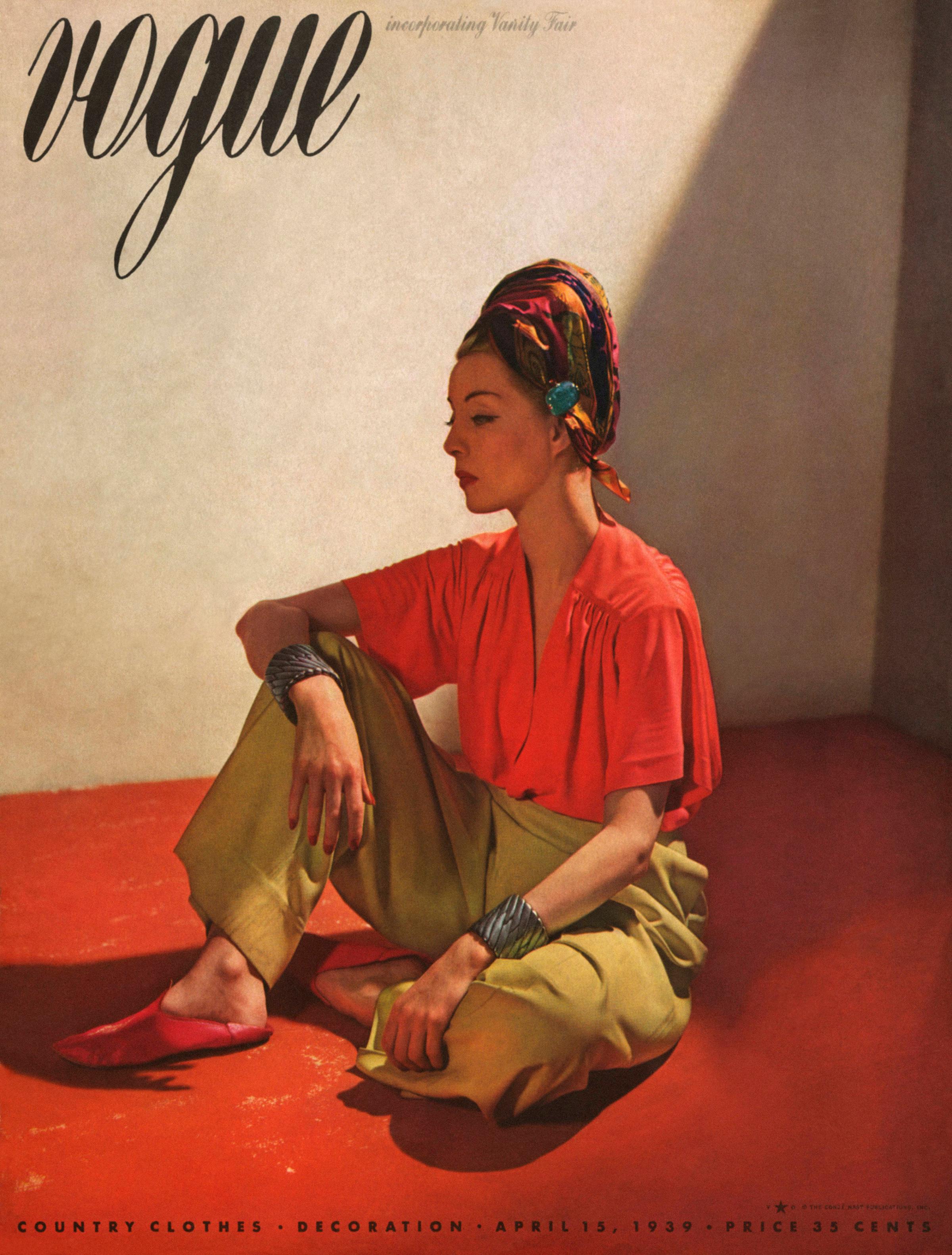
The relationship between pants and active women would continue throughout the 20th century: when women went to work during World War II, it was often in trousers, particularly if their jobs didn’t involve working with members of the public. Though there was a constricting girdle-resurgence in the 1950s, the 1960s saw a casual-wear liberation happen just as feminism started to hit America’s mainstream. Jeans exploded in popularity, symbolizing rebellion and solidarity with the working man. And popular public figures like Jackie O made news for donning striking trousers in public.
In the 1970s and 1980s, when women were entering the workforce in earnest in America, some almost felt like pants were forced on them as part of a work uniform meant to show their parity with male colleagues. (Hence the emphasis on masculinized, shoulder-pad-heavy styles.) Pat Schroeder, the first woman elected to Congress from Colorado, recalls showing up for a photo with the handful of women then serving in that body and being criticized for wearing a dress.
“It was a time when women were wearing suits and even little ties at their neck,” she tells TIME. “I remember there were speakers going around telling women not to wear the color green. It wasn’t a ‘power color.’ There was all this craziness going on about what you had to do. And the bottom line is no matter what you did, you still didn’t look like them.” The first female member of Congress to wear pants on the chamber floor, Illinois Rep. Charlotte T. Reid, caused disbelief among her male colleagues in 1969, though it became business-as-usual after lady senators staged a pantsuit protest of sorts in the early 1990s.
By that time, pants-related pressures had largely waned for the average woman. About half of women, when polled, were saying they regularly wore jeans. More than half said they had all kinds of two-legged options—casual slacks, dress slacks, shorts—in their closets. Then-First Lady Hillary Clinton even wore pants as she posed for her official White House portrait.

Still, the revolution continues. Just this year, British Airways female crew members won the right to wear pants. Members of some strict religious communities continue to tell stories of how liberating it was to purchase their first long-forbidden pair. And a high school junior was turned away from her Catholic school’s prom in Pennsylvania for showing up in a suit instead of a dress. Aniya Wolf, who has long preferred slacks, said it made her—not just her decision about what to wear—feel like a “mistake.”
Yet, if history is any indication, women who want the freedom to wear pants are onto something. That teenager joined a long list of women who ruffled feathers in their own time by defying expectations about what women were supposed to wear. And those women contributed to the fact that American society no longer cares when Hillary Clinton—jacket-shamed though she may be—wears pants like they were never out of style.
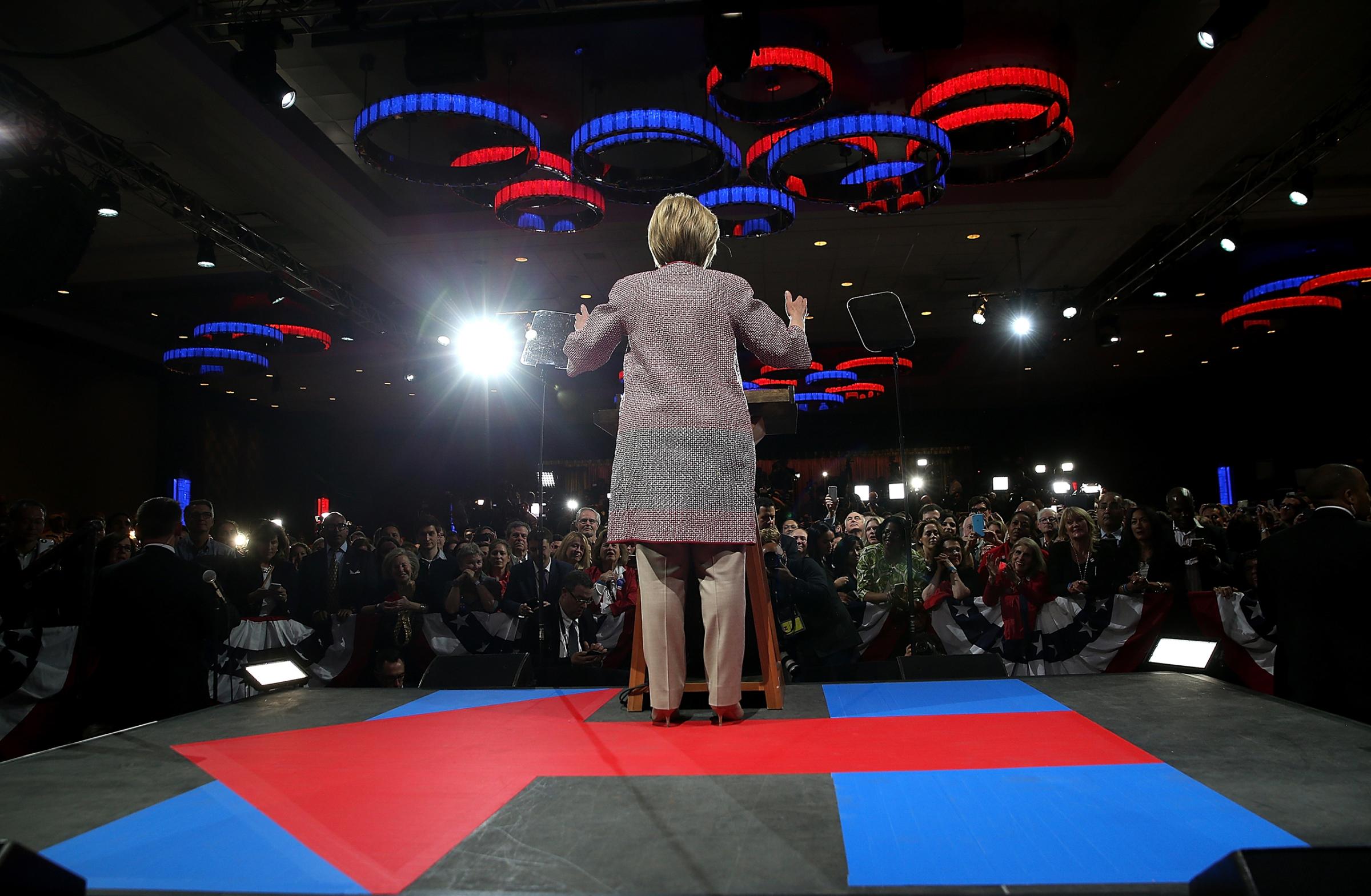
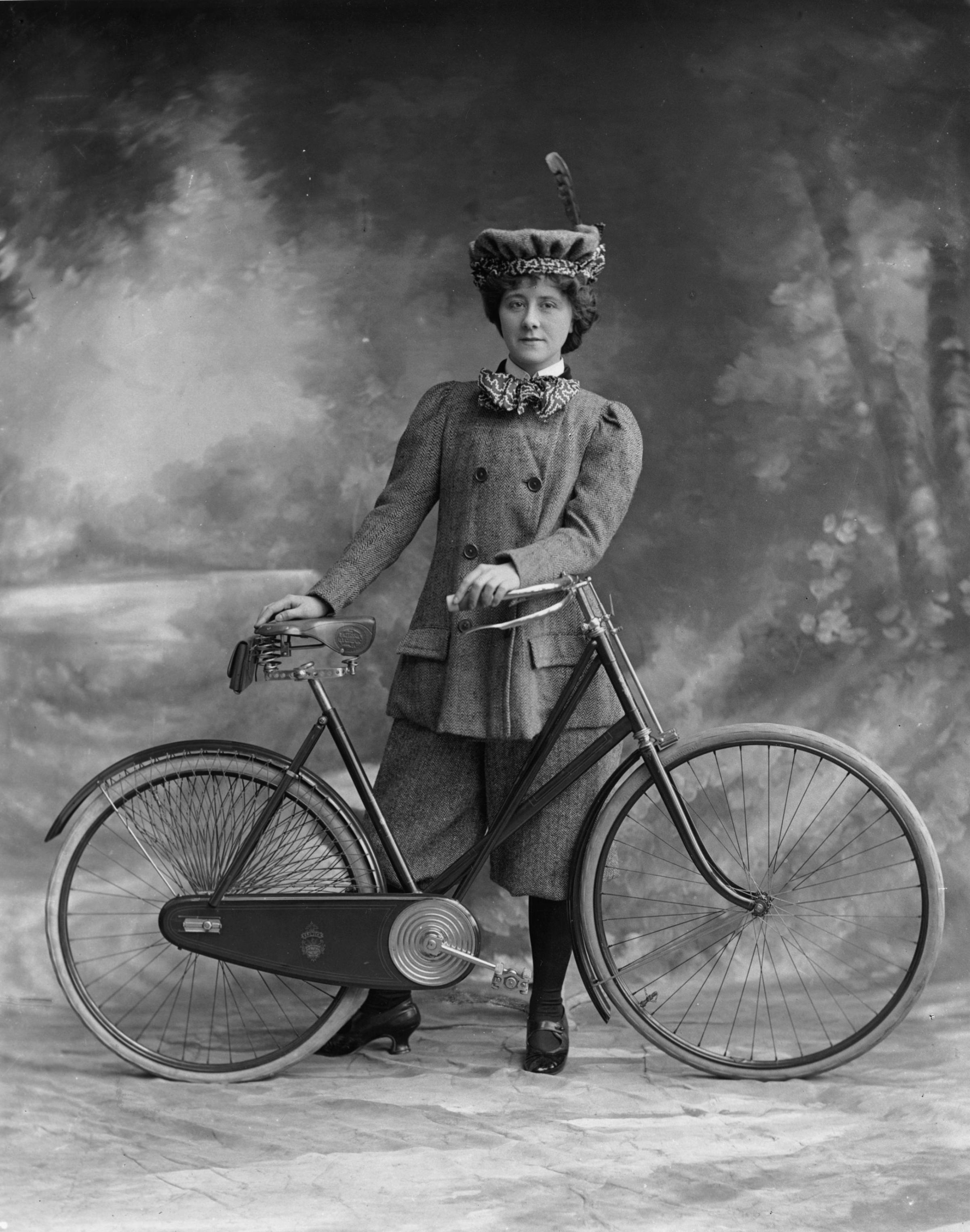
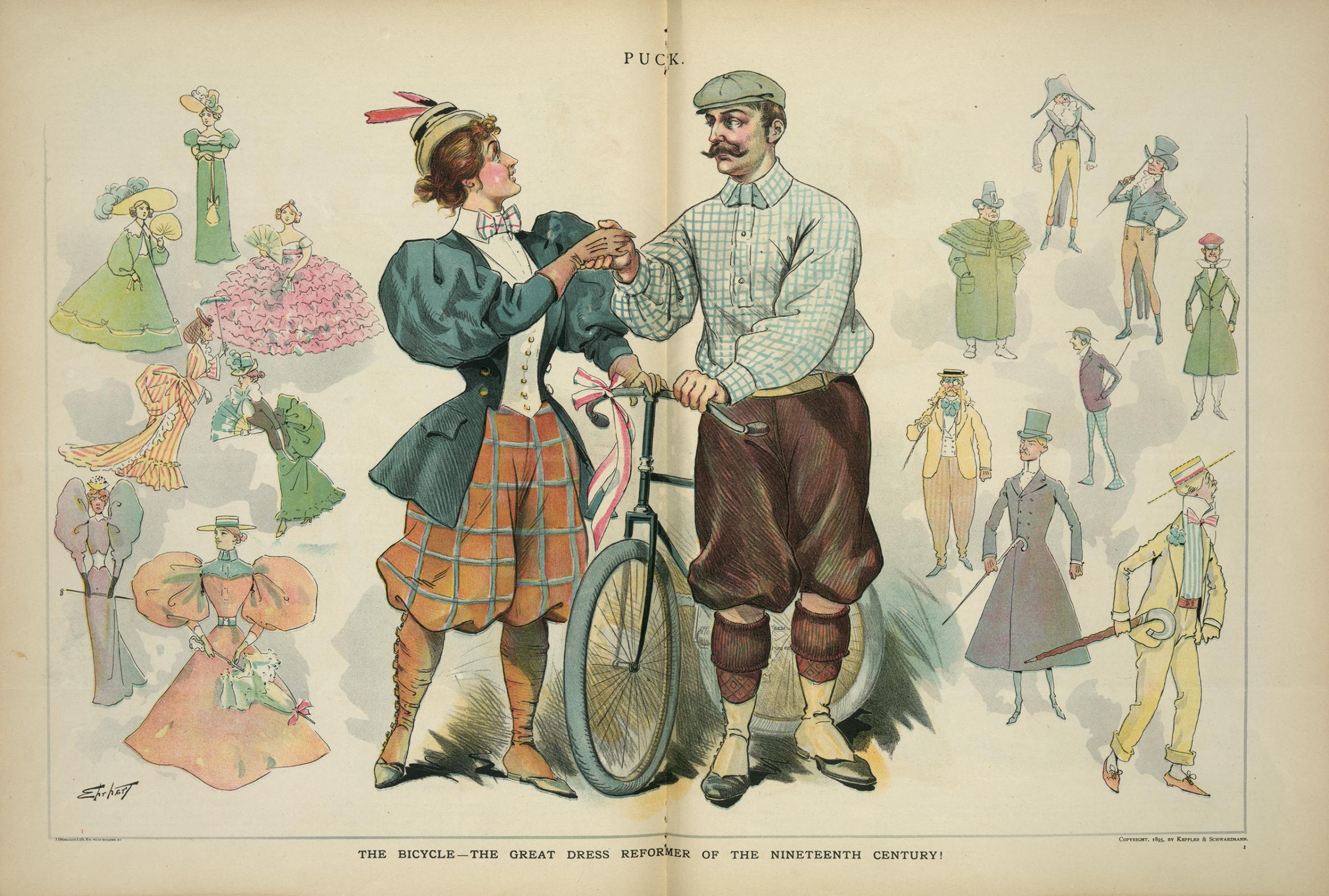
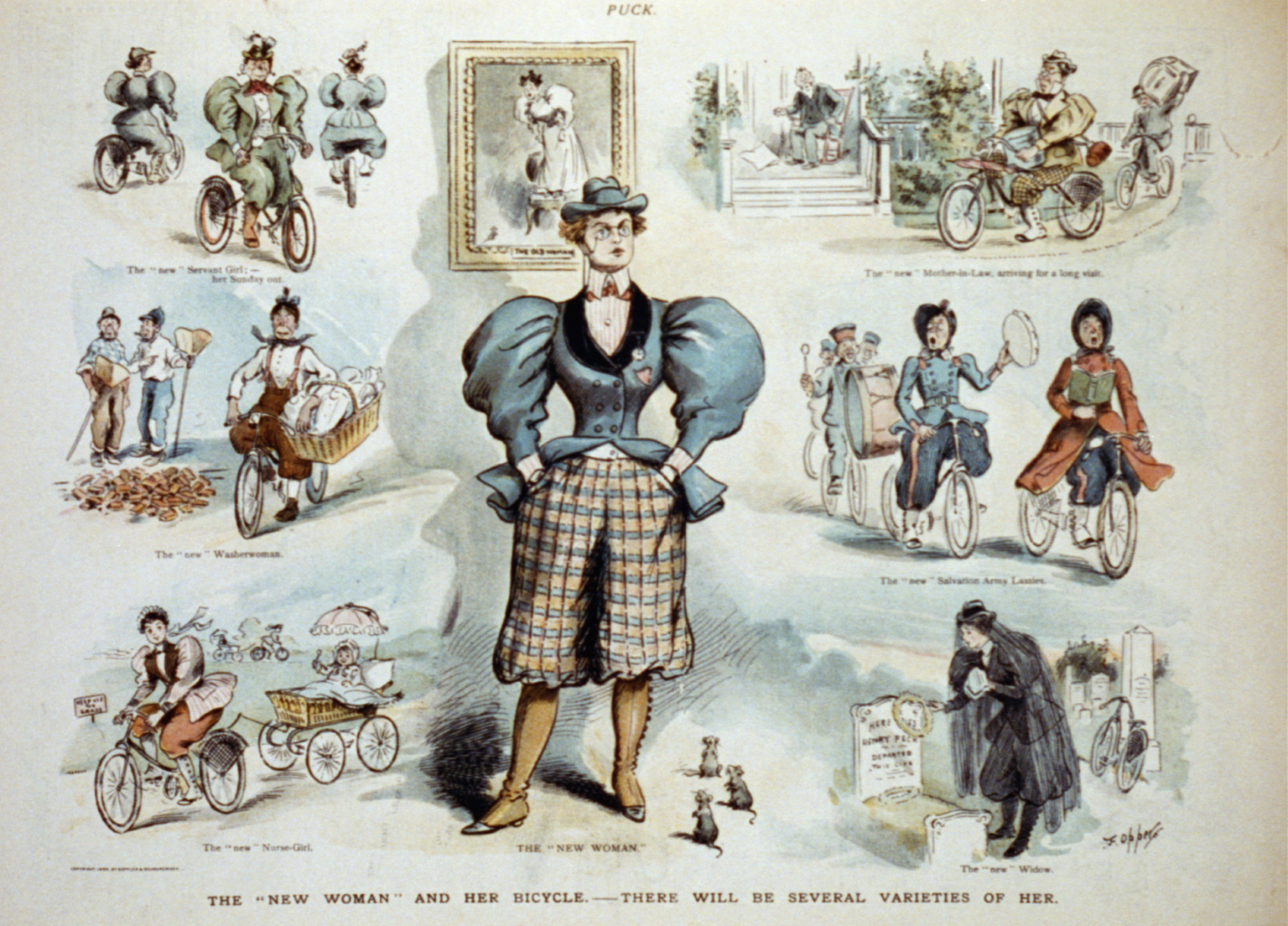



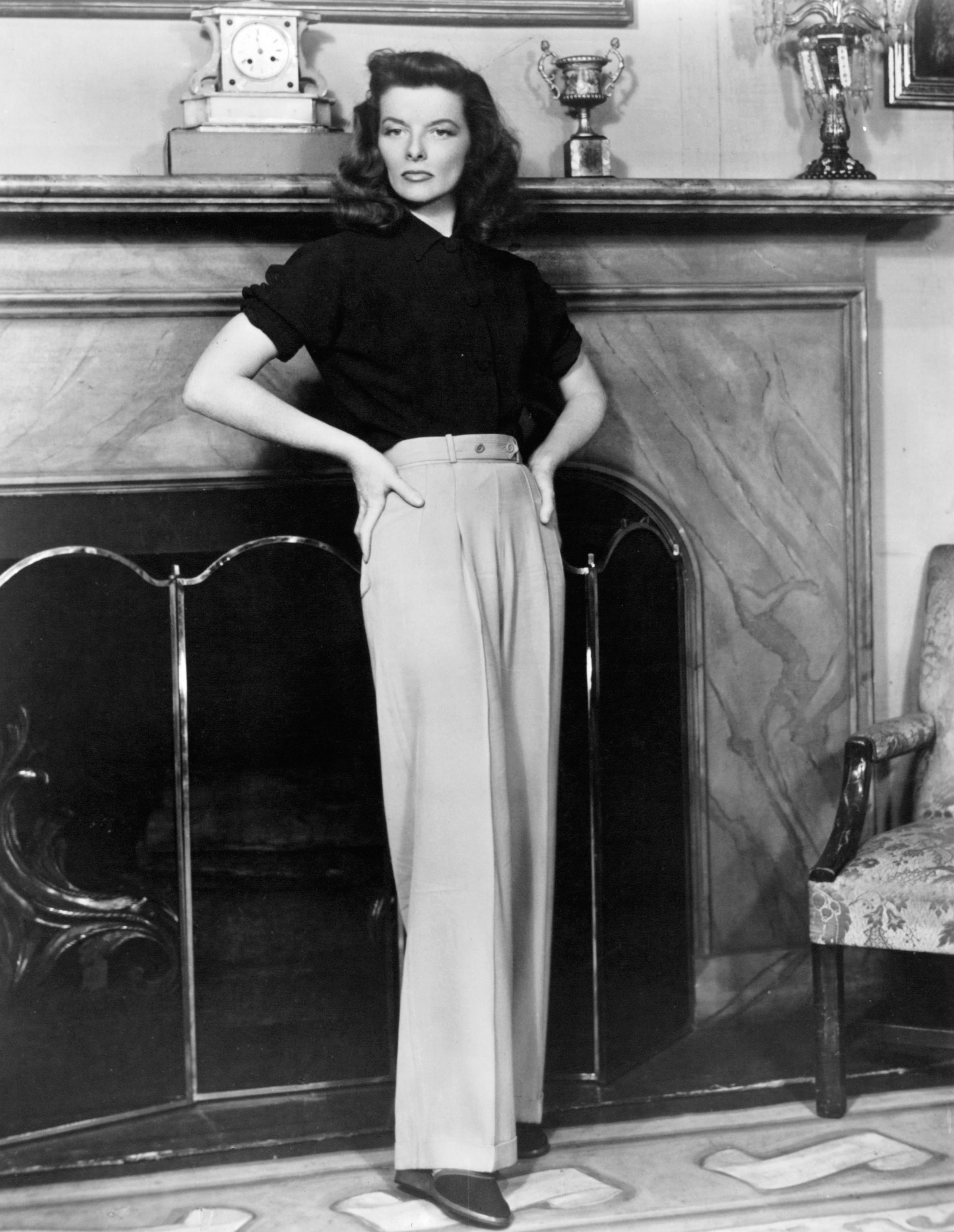
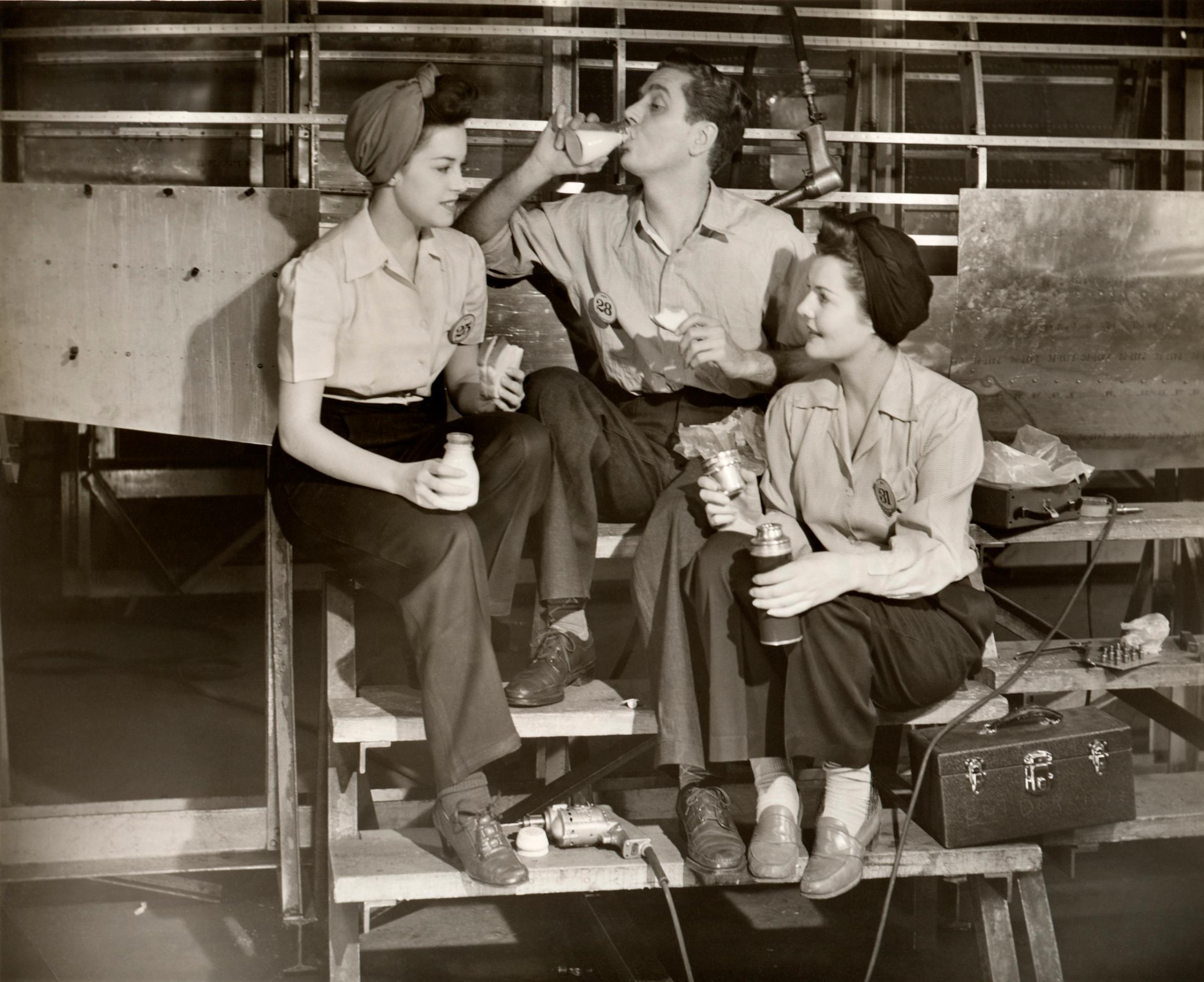

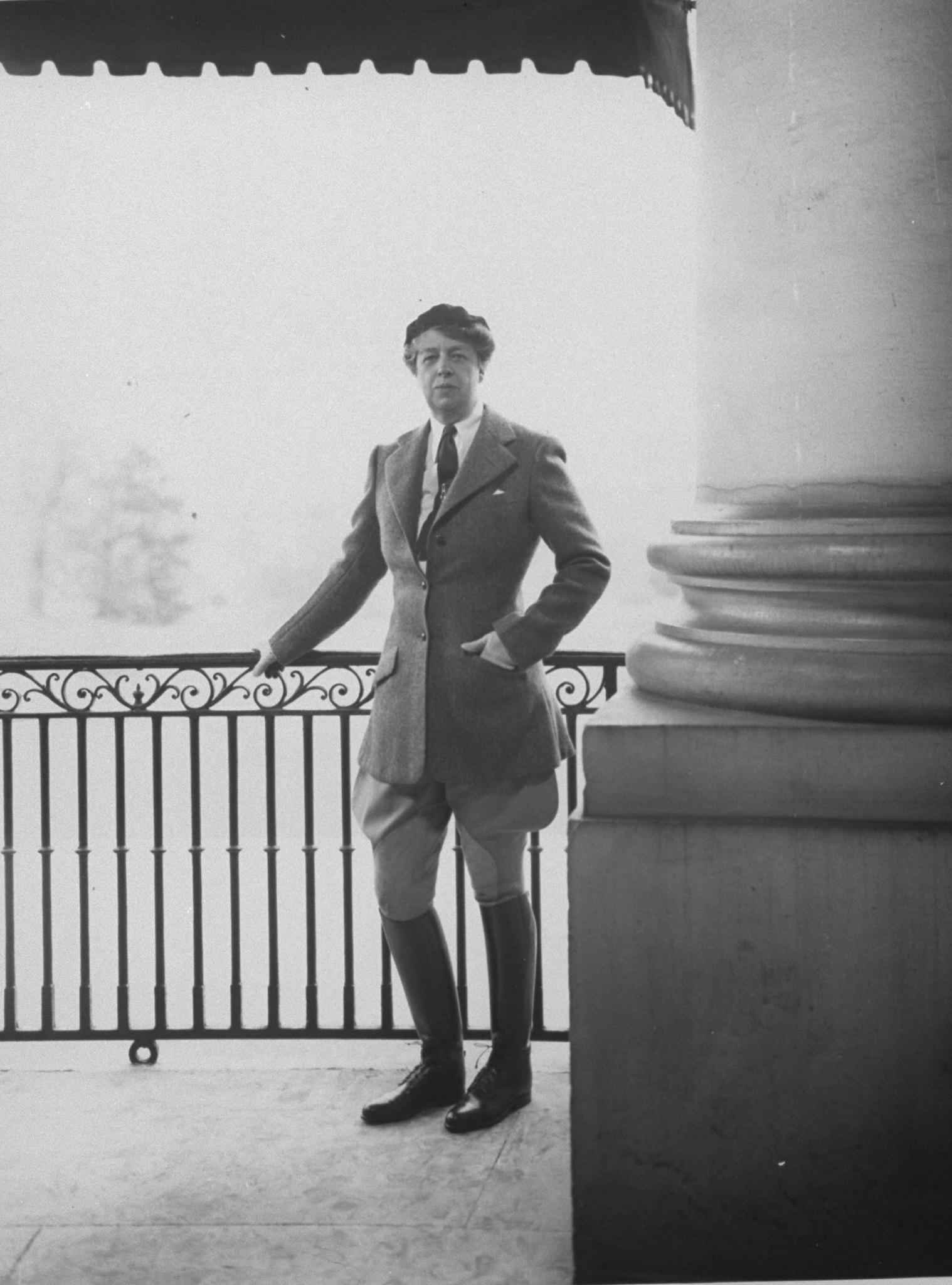
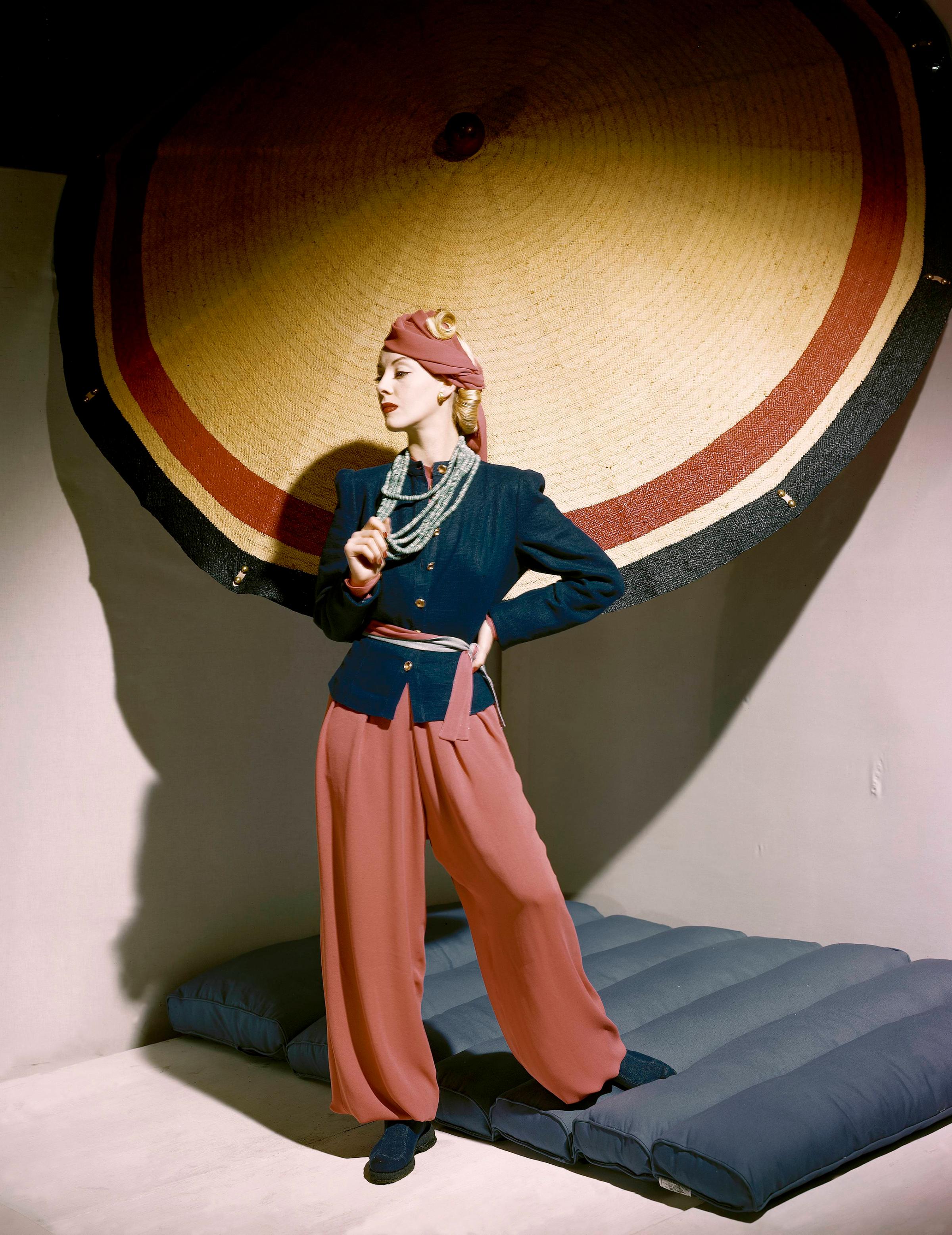
More Must-Reads from TIME
- Why Trump’s Message Worked on Latino Men
- What Trump’s Win Could Mean for Housing
- The 100 Must-Read Books of 2024
- Sleep Doctors Share the 1 Tip That’s Changed Their Lives
- Column: Let’s Bring Back Romance
- What It’s Like to Have Long COVID As a Kid
- FX’s Say Nothing Is the Must-Watch Political Thriller of 2024
- Merle Bombardieri Is Helping People Make the Baby Decision
Contact us at letters@time.com